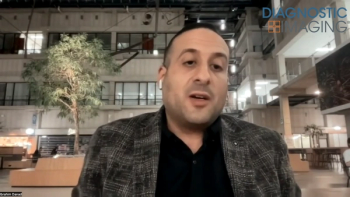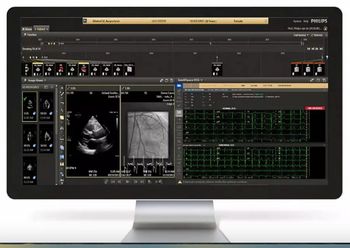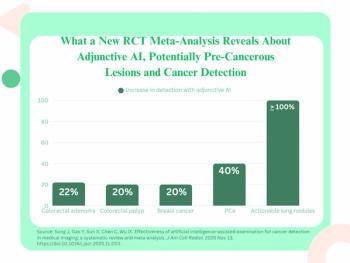
Remote Reading? 4 Experts Weigh in on the Post-Pandemic Future of Teleradiology
Support for continued teleradiology after the pandemic is strong, but some concerns exist.
Since the beginning of the COVID-19 one of the staples of continued, high-quality radiology practices has been remote reading. Nearly every practice and department nationwide pivoted – at least to some degree – to having providers read studies from the safety of their homes. And, now, it looks like that strategy could have some permanency.
The initial
In a communication article published Aug. 9 in the
Texas Health Presbyterian Dallas
A pre-existing blended off-site, on-site reading model made it easy for the radiology department at Texas Health Presbyterian to shift to mainly at-home reading during the pandemic, said radiologist Cindy Sherry, M.D., but the need to re-build and strengthen relationships means a return to pre-COVID operations is critical.
Related Content:
“It is imperative we re-establish our pre-COVID-19 on-site-off-site balance,” she said. “Our hospital presence is essential to sustain our contracts, build our practice, be an influential part of our medical communities, and secure our future.”
New York University Langone
Once the pandemic hit, NYU Langone ramped up its teleradiology presence from 25 percent of its faculty to approximately 70 percent of providers reading from home. And, according to Michael Recht, M.D., chair of radiology, it is likely the majority of faculty will elect to continue the practice. But, there will need to be a balance with in-person reading, as well.
“There is no need to have all of our 232 radiologists on site each day,” he explained. “Allowing each to read from home one to two days a week allows for improved faculty morale with no negative effects on the value radiologists bring to our patients or referring physicians.”
University of California at San Diego
Greater use of teleradiology can also increase provider productivity, said Alexander Norbash, M.D., chair and professor of radiology. At-home reading saves commute time and gives radiologists the ability to spend more time with their families. It can also make them more amenable to working previously less-desirable hours.
“Telecommuting may potentially decrease radiologist resistance to taking a late shift while at home,” he said. “Telecommuting could also be an attractive perk for individuals with childcare responsibilities, notably part-time women radiologists, as long as they are not overloaded at home.”
But, care needs to be taken to ensure a remote-reading program is implemented in a way that will not create animosity between providers who have the flexibility to read at home and those who cannot easily work remotely, particularly interventional radiologists and radiology technologists.
Chambersburg Imaging Associates
While teleradiology could improve efficiency and report turnaround-times and is part the practice’s post-pandemic plan, said Robert Pyatt, M.D., a radiologist the Pennsylvania-based practice, it will also be necessary to ensure there is enough on-site staff to cover the necessary imaging. Someone must always be on-site to handle procedures, such as LP or abscess drainage.
“We must be very careful to not fall into ‘risky’ behavior with a borderline response for requests for any on-site studies,” said Pyatt, who also serves as chair of the American College of Radiology’s Commission on General, Small, Emergency, and/or Rural Practice.
Newsletter
Stay at the forefront of radiology with the Diagnostic Imaging newsletter, delivering the latest news, clinical insights, and imaging advancements for today’s radiologists.



























